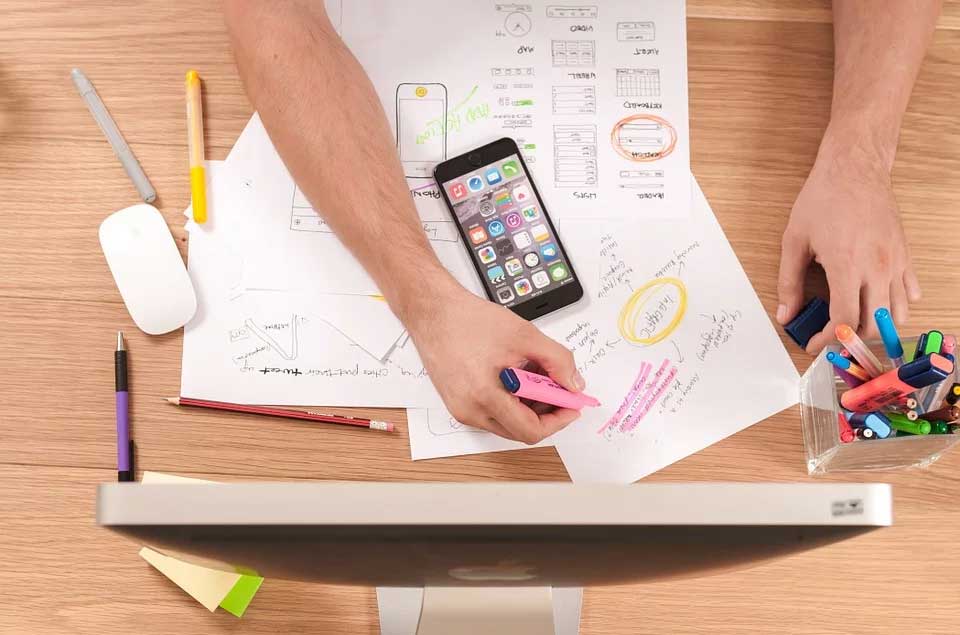Last updated on April 8th, 2024 at 07:33 am
Understanding the difference between desktop and mobile app user experience design is essential if you want to give your customers the best possible experience. In the end, it will not suffice to adhere to a single set of design principles for both platforms.
Screen Options
Desktop users can simultaneously open a large number of apps and websites, allowing them to use multiple applications simultaneously. When you need your app to be paired with another tool, like a calculator, this is especially helpful. Split screens are now supported by smartphone technology, but this feature is less common on touchscreen devices than it is on desktop computers.
Given that the majority of your users have smartphones that do not have the split-screen feature, you should be aware that they may need to exit your app to use it fully. For instance, if they want to compare exchange rates or look up a location on Google Maps but this feature isn’t available in your app, they’ll have to exit to see those details. This is very important for mobile app development companies.
Provide them with all of the features they need to use your app effectively if you want users to avoid closing it, whether they do so intentionally or not. Also, don’t force them out of the application when they want to register or log in; provide everything in the application itself. By doing this on the mobile app experience, customers will be more likely to stay with you and choose another option that offers a more seamless experience.
Symbols
Both desktop and mobile applications rely on symbols. Users learn the meanings of common symbols and icons as they explore various apps. To keep away from any disarray among your application’s clients, involving common images in their normal manner is fundamental. If not, you run the risk of people becoming dissatisfied with your application or losing all interest in using it!
Navigation
Although some desktop systems may be equipped with touchscreens, the majority of desktop systems rely on a keyboard and mouse for user input. Smartphones, on the other hand, lack physical keyboards and mice. Instead, to type and select elements, users are required to use the touchscreen on their devices.
Offer a variety of keyboard options to users who need to enter data into your website, such as during the sign-in process, so they can type more comfortably and effectively. Their overall satisfaction with you will undoubtedly rise as a result of this enhanced user experience!
Use a numeric keyboard if the user must enter a phone number or ZIP code for ease and accuracy. Also, you ought to guarantee that your activity symbols are sufficiently huge to be tapped easily – an excessive number of little fastens near one another can prompt slips up and disarray!
More than just button presses, mobile users now have access to a variety of gestures for an interactive experience on their devices. The most common actions are scrolling, sliding, pulling down, and tapping (either with long presses, short presses, or double taps). For instance, when refreshing pages on mobile screens, “pulling down” has emerged as one of the most popular options.
You can identify areas for improvement by conducting user research on various behaviors like taps, swipes, and scrolls on your mobile app. This will give you insight into how they navigate. Therefore, mobile app development companies pay a lot of importance to this.
You might find, for instance, that some links and buttons are hard for users to tap correctly. Alternatively, it could be that some screens cause people to become enraged and perplexed. You will ultimately be able to enhance the overall experience of your end users by adjusting the design of your application’s user interface as a result of having access to this knowledge.



